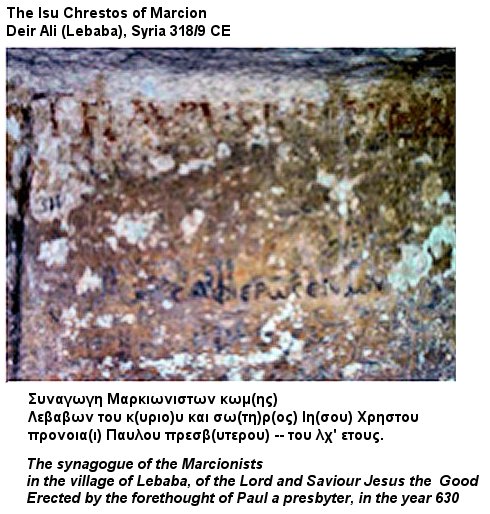
I just sent an email to my friend who tells me "I have met in Athens, two days ago with a member of the Supreme Council of Antiquities of Egypt and Director of the Alexandria Museums. I did ask him information about the possibilities of obtaining a professional license for filming underwater in the area of Chatby. I will meet him again, who is also a long time friend, in Alexandria on Saturday April 3rd on the occasion of a Conference on Underwater Archaeology (I am a speaker at this conference) and I expect to have information on this subject."
I have known Harry for a long time now and one of the first things he did was to send me that photo (above) to illustrate where the Church of St. Mark was located when he was growing up (circle in the middle). Almost as an aside he mentioned this massive rectangular structure just above it. It would have lined up along the shoreline of ancient Alexandria on a beach. I am STRONGLY SUSPECT that this is the physical remains of the replica Jewish temple built at the time of Onias.
When we hear that this was a replica of the Jewish temple, we have to start wondering - are we just talking about the house of worship or everything associated with it? For instance, if I am right Judah b Ilah's reference to a dyplastoon where tradesmen sat together is a garbled reference to the Royal Stoa of the Herodian temple which - as I noted in a previous post - was a 'double stoa' structure made famous for modern audiences in the gospel where Jesus is said to have gone to 'the temple' and:
In the temple courts he found men selling cattle, sheep and doves, and others sitting at tables exchanging money. So he made a whip out of cords, and drove all from the temple area, both sheep and cattle; he scattered the coins of the money changers and overturned their tables. To those who sold doves he said, "Get these out of here! How dare you turn my Father's house into a market!"
I have always gotten the sense from Philo's description of the main Jewish house of worship (he never calls it a 'synagogue') that there was a large courtyard. Judah ben Ilah MIGHT represent a garbled reference to another part of massive physical structure. Both make reference to its gargantuan size.
Harry is very keen on diving to see if I am correct. I bet I am, my friends. The whole area was the Jewish quarter of Alexandria. Philo infers that the governor could look out of his palace to see what was going on with the Jews below. I will try and draw the lines of the old city walls in a new post, but trust me folks, this is what the rectangular object under the surface of the sea is.
We are on the brink of discovering what I call 'the Jewish Atlantis.' Sounds like a cable documentary to me ...























































